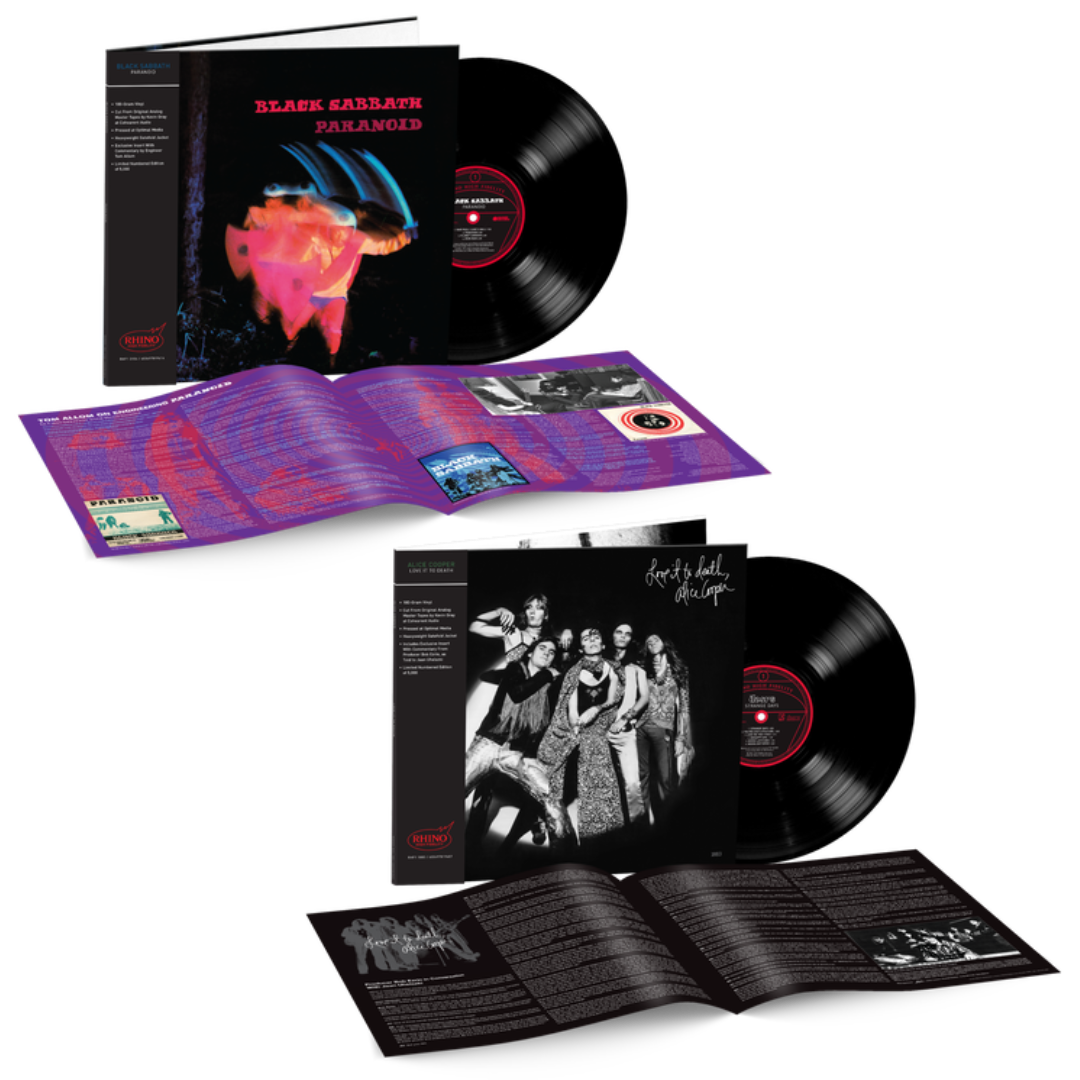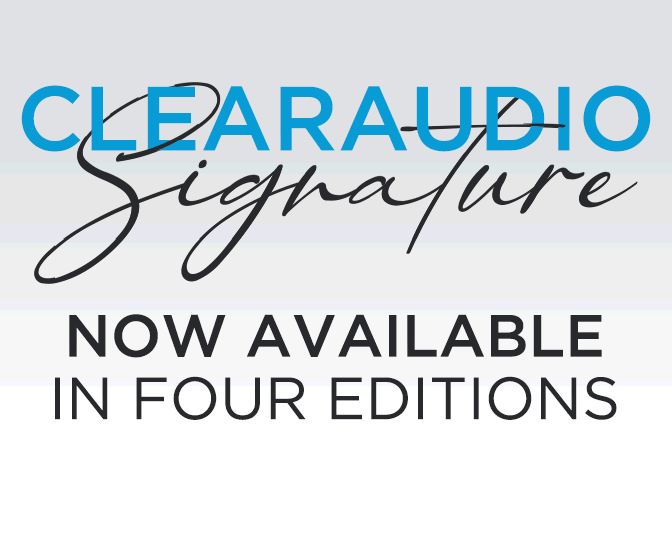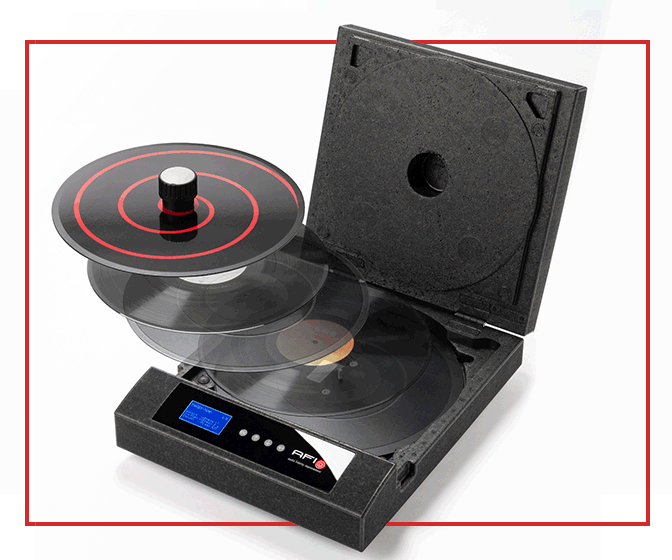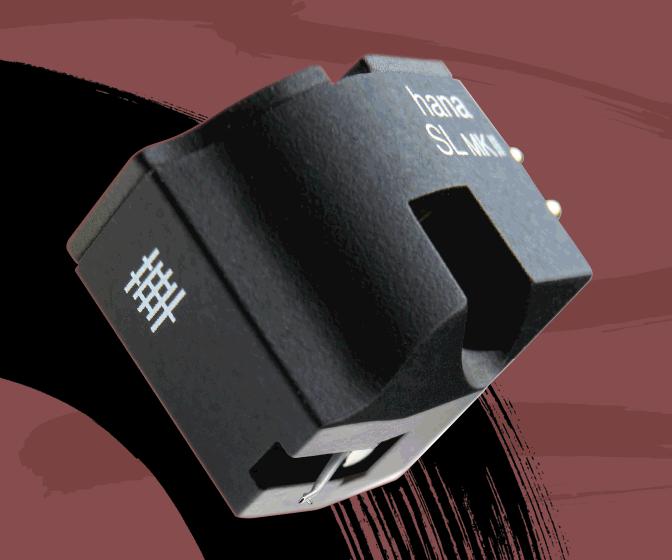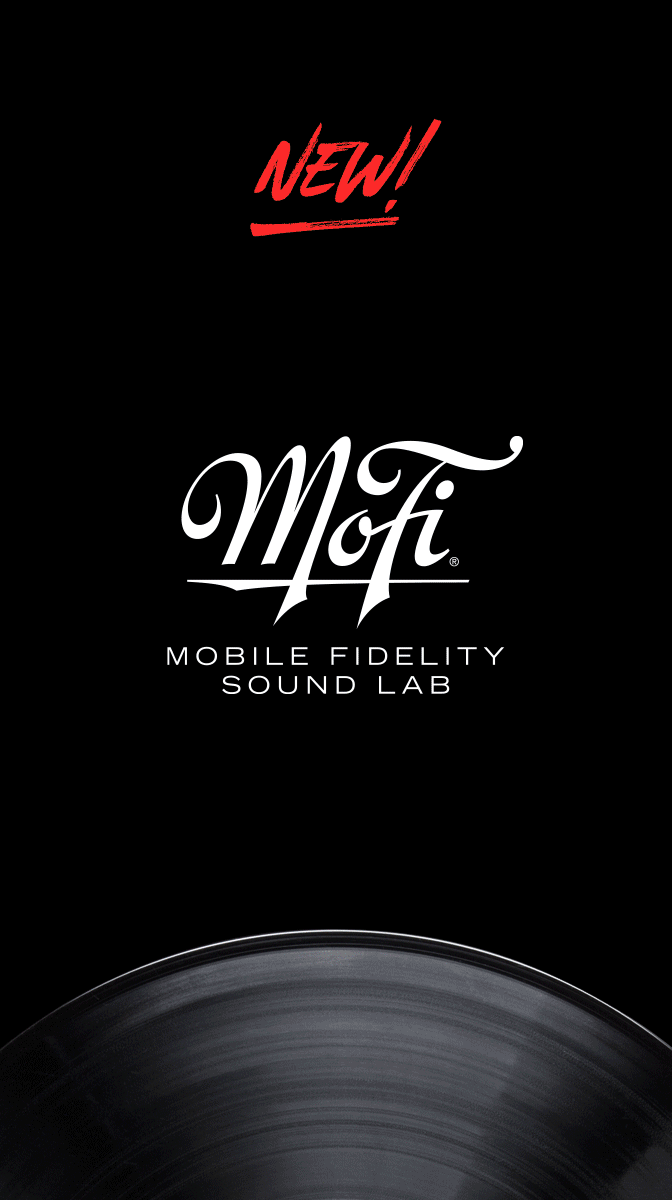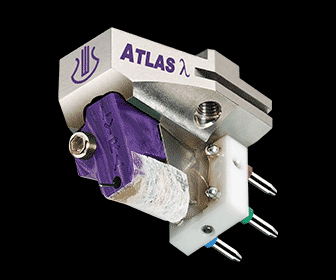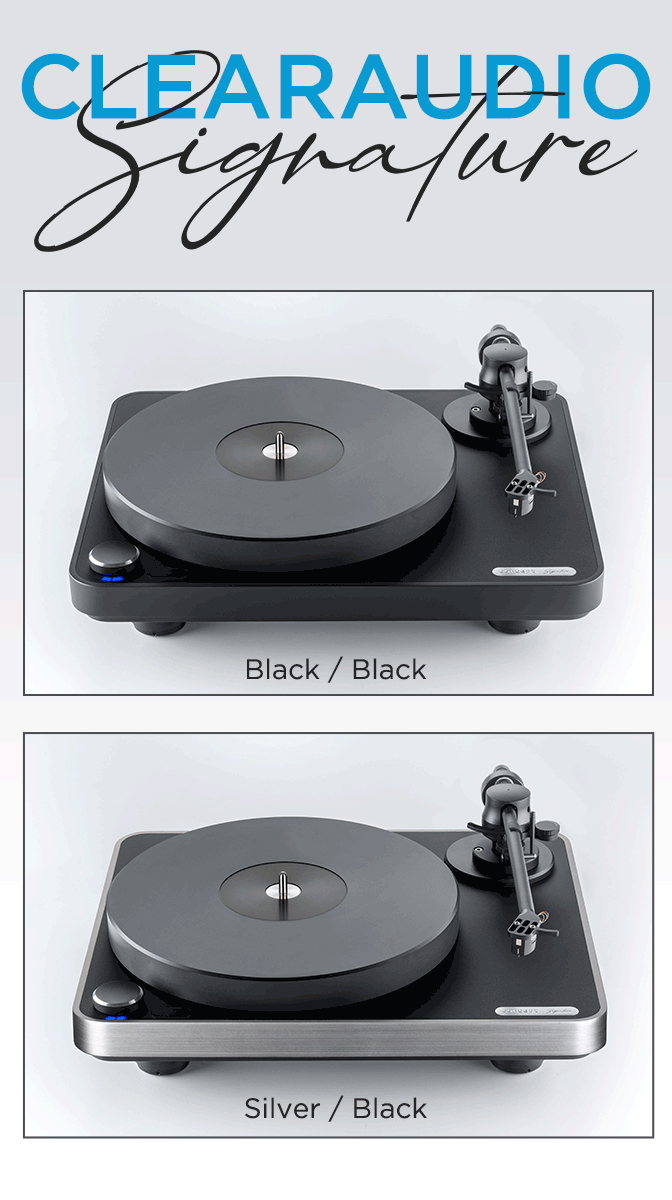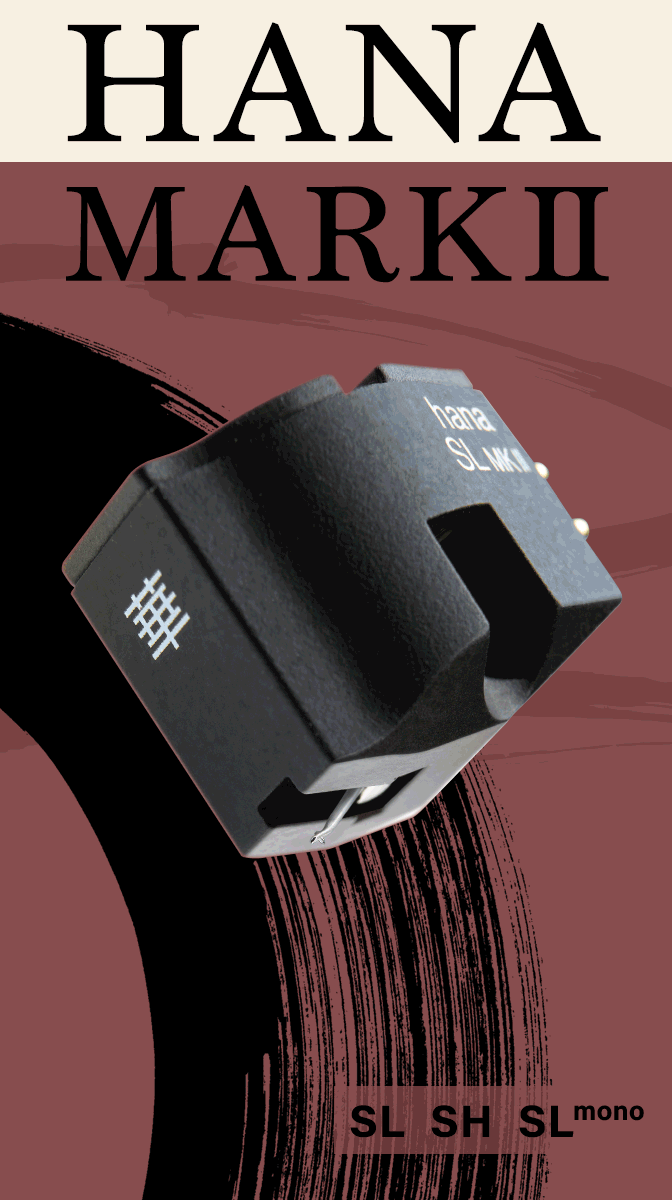Rhino Provides The Ultimate Sonic Experiences for Black Sabbath and Alice Cooper
The newest High Fidelity series titles honor the hard-rocking year of 1971
Today, the audiophile market is a goldmine for vinyl consumers. Whether it's Analogue Productions’ commemoration of Atlantic Records’ 75th anniversary or WMG’s Because Sound Matters venture, the pressings these and other companies are releasing have, for the most part, set a new sonic standard for timeless albums— in some cases outdoing originals.
Reissue specialist Rhino Records, which it could be argued started the vinyl reissue ball rolling in the late '70s, threw its hat into the latest vinyl reissue ring with its High Fidelity series. With a catalog ranging from John Coltrane to ZZ Top, the results have been overwhelmingly positive between the gorgeous presentation of glossy Stoughton jackets, OBI strips, custom 4-panel inserts, Kevin Gray’s all-analog mastering, and Optimal’s superb vinyl pressings. The two latest releases hark back to the golden year of 1971 and two hard rock/metal staples, Paranoid by Black Sabbath and Love It to Death by Alice Cooper.
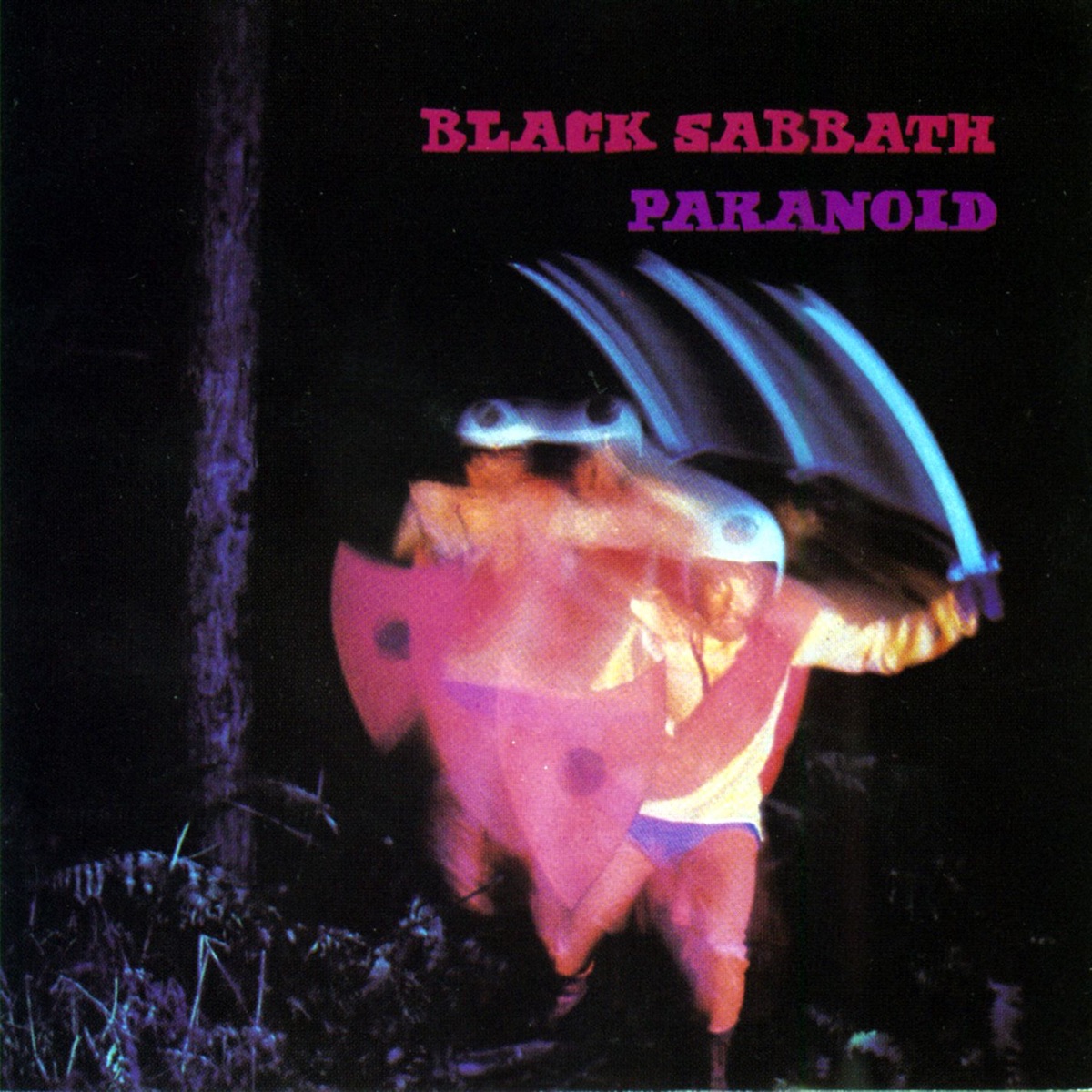
Black Sabbath - Paranoid
Produced by Rodger Bain
Engineered by Tom Allom and Brian Humphries
Lacquers cut by Kevin Gray (Cohearant Audio)
Music

Sound

Black Sabbath’s rise to fame is one of those rare cases in which they made an impact just as they emerged onto the music scene. Hailing from the working class city of Birmingham, the release of their self-titled debut in February 1970 fell deaf on critics’ ears but spoke loudly to the record-buying public. Led Zeppelin and Blue Cheer may have churned out heavy electric blues first, but still, Sabbath’s “doom and gloom” ethos, with lyrics regarding the occult and darker side of life delivered with Tony Iommi’s crunching guitar riffs, helped define the heavy metal genre.
Black Sabbath’s sudden, almost instant commercial success prompted the band to keep the momentum going and head to Regent Sound and Island Studios to cut a follow-up a short four months after the debut hit the record store bins. The crunch to quickly come up with the goods had the group drawing heavily for new material on their live improvisations.
Vertigo, the group’s now legendary UK label felt that Black Sabbath's satanic imagery went too far, which led “Walpurgis"'s lyrics to be changed to “War Pigs.” Ditching the initial draft of lyrics about churches in ruins and casting priests into fires, bassist/lyricist Geezer Butler took to writing about how politicians and fiscal greed fueled the then ongoing Vietnam War. The social commentary ensues on “Hand of Doom,” which tells of soldiers becoming addicted to heroin. Ideas of an apocalypse fueled by either nuclear warfare or by someone who time travels and seeks vengeance paint horrific pictures respectively on “Electric Funeral” and “Iron Man.” The latter is a prime example of Tony Iommi being the king of crafting iconic, memorable guitar riffs. Vocalist Ozzy Osbourne took inspiration from an odd encounter with skinheads on the cheekily titled “Fairies Wear Boots.” On a lighter note, Sabbath turned down the gain on their amps and mellowed out on “Planet Caravan,” a tale of a romantic rendezvous floating around the cosmos.
Black Sabbath intended to call the record War Pigs, but the label pushed to name it Paranoid— the song with the most significant commercial appeal. How the song came to be is a masterclass example of working under pressure. The band was short one song for the album, and each member contributed equally to the song’s composition in a matter of minutes. Sabbath knew this song could succeed commercially since the multitrack tape box didn’t bear the song’s title and just said “single.” The track would become Black Sabbath’s sole top-10 hit.
Released September, 1970 in England promptly after its completion and four months later in the States, for the Godfathers of metal, Paranoid was another "hit it for six"— the British equivalent of "knocking it out of the park". Familiarity breeds contempt anytime classic rock radio plays for the zillionth time “War Pigs,” “Iron Man,” or the title track. Still, it doesn’t dilute the fact that these tunes have become among Sabbath’s most recognizable and signature songs.
Less than a year ago, an exceptional reissue of Black Sabbath’s self-titled debut graced the Rhino High Fidelity catalog. Given the album’s immense importance to the Sabbath catalog, following suit with Paranoid was a no-brainer. Vertigo was keen to change the album’s title yet leave the cover intact, depicting a man wearing a pig outfit waving a sword; it bears no connection whatsoever. Nonetheless, it looks more visually vibrant, and the grainy quality of the band photo on the inner gatefold still gives it an ominous element. The exclusive four-panel insert includes scans of the Trident master tape boxes, period pieces of memorabilia, an interview with engineer Tom Allom discussing the album's making, and quotations from each band member. If you’re one of the 5,000 who managed to secure a copy before it sold out in less than 24 hours, consider yourself lucky!
.jpg)
This Rhino High Fidelity pressing isn’t the first time mastering engineer Kevin Gray worked his magic on Paranoid. In 2006, he did a highly regarded yet long out of print AAA cut for Rhino, which was subsequently repressed on colored vinyl in 2015 for Vinyl Me Please. Despite it being a fantastic-sounding pressing, there are some volume dropouts during the first three minutes of “War Pigs,” which resolved itself before the first guitar solo. It’s not an error in Gray’s mastering methods but an apparent flaw on Warner Brothers’ master tape, and the dropouts reportedly appear as well on original “olive green” pressings. No volume dropouts are on vinyl pressings that utilized the original UK master tape, notably the most commonly available Rhino reissue cut from digital by Sean Magee. Some EQ tweaks on this pressing make the dropouts hardly noticeable, thus making it a worthy upgrade to the 2006 cut.
Kevin Gray puts the listener in the room with Black Sabbath on this pressing. The band sounds abrasive and in-your-face in the most pleasing way. Tony Iommi builds this incredible wall of sound with layered guitars, Geezer Butler’s bass punches through the mix, Bill Ward’s drumming is tight, and Ozzy Osbourne’s vocals are lifelike. At the same time, the instrumental separation is impeccable. The accent hits during the “War Pigs” verses are impactful, and Ward’s drum fills pop in and out of the mix in three-dimensions. Butler’s bass work sounds the warmest on “Planet Caravan,” along with Ward’s airy bongos, Iommi’s clean guitar licks, and Osbourne’s vocals fed through a Leslie cabinet retaining the song’s atmospheric, spacey quality. Although deemed the godfathers of metal, Black Sabbath’s rhythm section had an undeniable jazz influence during the middle section of “Electric Funeral,” juxtaposed with overdriven vocals and piercing guitar leads. The verses on “Hand of Doom” are a remarkable exercise of light and shade, teetering from softly subtle to explosively loud. Osbourne’s vocals on “Fairies Wear Boots” sound overdriven with slight distortion, but the effect complements the song’s muscular arrangement.
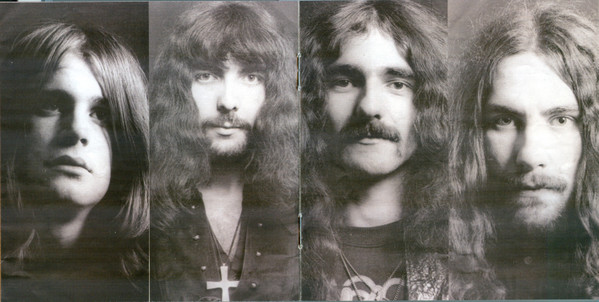
Specifications
Catalog No: RHF1 3104 / 603497819614
Pressing Plant: Optimal Media GmbH
SPARS Code: AAA
Speed/RPM: 33 1/3
Weight: 180 grams
Size: 12"
Channels: Stereo
Source: Original analog master tapes
Presentation: Single LP
.jpg)
Alice Cooper - Love It To Death
Produced by Jack Richardson and Bob Ezrin
Engineered by Brian Christian
Mastered by Randy Kling (RCA Studios, Chicago)
Lacquers cut by Kevin Gray (Cohearant Audio)
Music

Sound

The Alice Cooper group, not to be confused with the alias Vincent Furnier took upon himself, had anything but a smooth career launch. Apart from making headlines for killing a chicken in front of 20,000 hippies at the Toronto Rock and Roll Revival, their style of psychedelic rock placed them in a category shared by off-kilter, adventurous pseudo-rock acts like Frank Zappa and Captain Beefheart as part of the fringe late ‘60s west coast music scene. It wasn’t until the group established a new homebase in Detroit that they started brandishing a hard rock sound that matched the ante of relative Motor City bands like The Stooges and MC5. At the same time, salvation came from up-and-coming producer Bob Ezrin of Nimbus 9 Productions, who made sense of what Alice Cooper was trying to achieve. He immediately became a George Martin-esque figure to them, an unofficial sixth member, and the one who managed to whip the band into shape from their meandering psychedelic freakouts to concise material played with tightness and precision.
The initial fruits of Alice Cooper’s first collaboration with Bob Ezrin became Love It to Death, released in March 1971. The newly established Detroit-inspired hard rock sound comes through on the sensational album opener “Caught in a Dream, “Long Way to Go,” and “Is It My Body.” The group also flexed its musical muscles on melodic tracks like “Hallowed Be My Name” and “Second Coming.” Bob Ezrin made it a point to emphasize the theatrical aspect of the group’s artistry on specific tracks that would translate well on both record and the live stage, specifically on tracks like “Black Juju” where Alice would endure a mock execution via electric chair and “Ballad of Dwight Fry” that had Alice singing the song in a straight jacket.
Love It to Death started a four-album streak that established Alice Cooper as the kings of shock rock. The culmination of honing in on a refined sound and working with a producer who got the best out of them gave Alice Cooper their first top 40 hit with “I’m Eighteen,” an anthem for teenagers grappling with burgeoning adulthood that's still every bit as relevant today and for the generations that passed. Even though Love It to Death wasn’t honored with a deluxe edition just like the albums that followed (Killer, School’s Out, Billion Dollar Babies, Muscle of Love), Rhino saved the most stunning of treatments for last by honoring the record as part of their High Fidelity series.
Love It to Death’s front cover photo featuring the five band members bending gender norms with fistfuls of androgyny never looked so sharp in detail. Though once deemed offensive and amended with horrendous crop jobs and photo touch-ups, Alice’s thumb sticking out emulating a penis fuels the cover’s tongue-in-cheek angle. The band looks glamorous, but the black spider eyes on the inner gatefold spread ring true intent to shock and scare. The exclusive four-panel insert features scans of the RCA Chicago tape boxes and an insightful interview with producer Bob Ezrin discussing his beginnings working with the group, the start of a relationship that endures today with Ezrin still producing Alice’s solo records.
The opening riff on “Caught in a Dream” reveals a spacious soundstage where the guitars bleed into opposite speakers, adding to the album’s liveliness. The unbeknownst star of this pressing is bassist Dennis Dunaway, whose spider-like bass lines punch out more in the mix and compliment the groundwork laid by guitarists Michael Bruce and Glen Buxton. The way their parts are panned separately in “I’m Eighteen” emphasizes their distinguishable tones. Alice’s double-tracked vocals on “Long Way To Go” are rich, while the middle section comes to life with airy guitars and off-the-wall percussion. The sleaziness of “Is It My Body” doesn’t overshadow the jaw-dropping nature of every mix component sounding so life-like. The impeccable syncopation of the band on “Hallowed Be My Name” plays a role in giving the song its heavy-handed impact. “Second Coming” sounds playful with drummer Neal Smith’s kit panned cleverly across the speakers, the harmonized guitars, natural piano, and a pompous middle section driven by a marching snare drum and a majestic guitar melody.
Some of the highlights of this pressing are the tracks destined to come to life on the theatrical live stage. Neal Smith’s drum fills leading into ‘Black Juju” build the track with a hint of anticipation. The power chords with accented tom hits come equipped with a menacing punch. A groovy Doors-esque rhythm precedes the hypnotic “rest” section that’s so faint and soft, the listener can hear a pin drop. Alice’s manic “wake up!” returns the track to its initial overdriven glory. Once he hisses “black juju,” the track climaxes with dramatic organ swells. “Ballad of Dwight Fry” begins in a lullaby-like trance with a childlike voice and bells hopping around the speakers. The track's arrangement provides a night-and-day contrast between the textured double-tracked acoustic guitars and the explosive choruses. Bob Ezrin knew that capturing a specific feeling on a track was critical instead of getting a perfect take. The moment during the middle section, when Alice repeatedly exclaims, “I got to get out of here,” one can sense the tension building because Ezrin made him wear a straight jacket while recording the vocal take; that’s the masterwork of a producer of the highest order!
-(2).jpg) Specifications
Specifications
Catalog No: RHF1 1883 / 603497819607
Pressing Plant: Optimal Media GmbH
SPARS Code: AAA
Speed/RPM: 33 1/3
Weight: 180 grams
Size: 12"
Channels: Stereo
Source: Original analog master tapes
Presentation: Single LP
Conclusion
The choice of reissuing Black Sabbath’s Paranoid and Alice Cooper’s Love It to Death as part of Rhino’s High Fidelity series reinstates the notion that rock albums deserve the ultimate sonic experience alongside expertly engineered jazz and classical recordings. These pressings guarantee you turn the volume dial to 11 and let loose!


